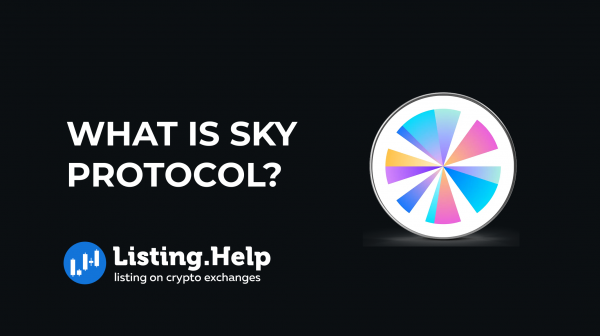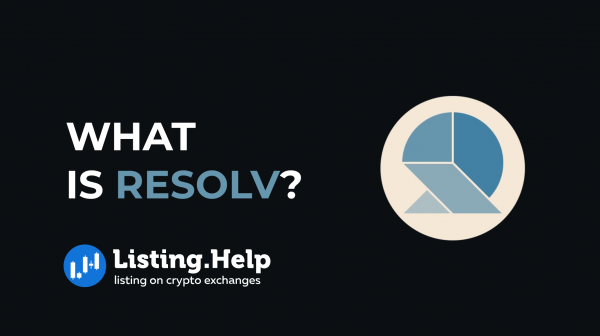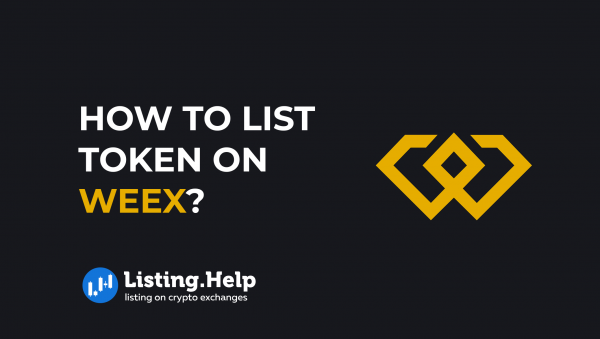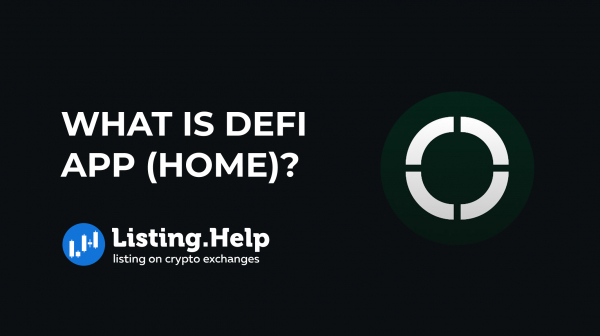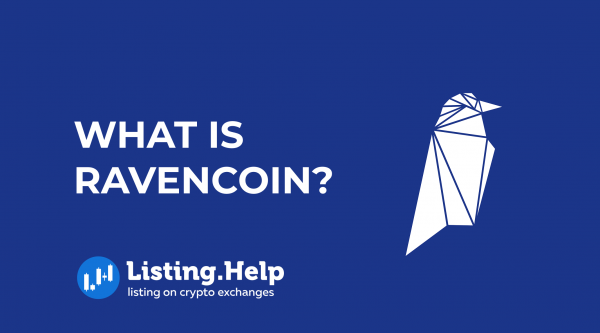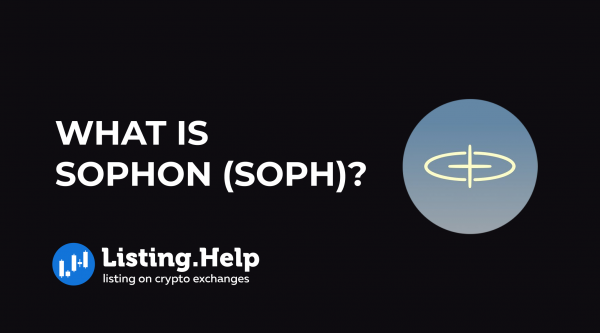What is EigenLayer? Decentralized Ethereum Restaking Protocol
 May 2, 2024
May 2, 2024 Updated: January 27 2025, 06:52
Updated: January 27 2025, 06:52
LEAVE A REQUEST
Launching your own token project? Our experts are ready to help with listing on exchanges, market making, marketing and other solutions
SUBMIT APPLICATIONEthereum has shifted from a Proof-of-Work (PoW) framework to a Proof-of-Stake (PoS) system via a sequence of updates. In the PoS model, users lock up their ETH tokens to help secure the network. By doing so, they become validators, responsible for verifying transactions and maintaining the integrity of the network. In exchange for their services, these validators receive rewards.
However, while ETH is staked, it is not readily accessible, which can be a limitation for some users. This is where EigenLayer comes into play with a novel solution. This article will briefly explore EigenLayer, detailing its main features, advantages, drawbacks, and how it differs from traditional staking methods.
EigenLayer is a protocol that operates on the Ethereum blockchain. It introduces a system known as “restaking collective,” which enables ETH stakers to lend support to various applications within the Ethereum ecosystem.
This protocol fosters a vibrant marketplace for decentralized trust. Developers gain from the enhanced security that comes from a combined pool of stakers, while the stakers themselves can contribute to the growth and success of projects they believe in.
How Does EigenLayer Work?
Cryptoeconomic security has posed significant challenges in Web3 since its inception, beginning with Bitcoin and the latest advancements in Ethereum and other Layer 1 networks. A persistent issue is the fragmented security across these platforms, especially evident within the Ethereum network. Traditionally, middleware and non-EVM (Ethereum Virtual Machine) applications built on this blockchain must create their own security networks. This process is not only inefficient but also costly, labor-intensive, and slow to develop. Furthermore, maintaining and scaling a decentralized security network demands continuous effort as more applications emerge, leading to an increasingly segmented security landscape.
EigenLayer introduces an innovative solution to these hurdles through a new cryptoeconomic mechanism known as the restaking primitive. This approach utilizes a series of smart contracts that allow users who have staked their digital currency to repurpose their locked funds to bolster security for other applications on the platform. Essentially, EigenLayer facilitates a rehypothecation system for staked assets.
The protocol operates as an optional intermediary layer where users grant additional enforcement rights over their staked assets. This enables the assets to be effectively restaked onto other applications. A critical feature of this system is its opt-in nature, which imposes additional slashing conditions on the staked assets that are maintained beyond the basic consensus layer. These enhanced slashing conditions are adaptable, designed to meet the security needs of various projects, including bridges and data layers that are being developed on this blockchain.
By deploying these restaked assets to these applications and enforcing strict conditions to promote honest participation and deter malicious actions, EigenLayer extends the utility of staked assets beyond just supporting Ethereum. It allows these assets to serve validation roles across a broader range of applications, thereby streamlining and strengthening cryptoeconomic security across the network.
Ethereum Security: Challenges and Solutions
Before delving into EigenLayer’s role in enhancing security, it’s essential to understand the broader context of blockchain security, beginning with Bitcoin. Bitcoin introduced a decentralized trust and security model that allowed for secure peer-to-peer payments without needing a central authority. However, this model was limited because it was designed specifically for Bitcoin; new decentralized applications (dApps) on this network needed separate blockchains and their own trust networks. While Bitcoin managed to establish a robust network, the requirement for each new application to develop its own security system made it cumbersome, stifling innovation and growth.
Ethereum took a different approach by introducing a modular design through the Ethereum Virtual Machine (EVM), which allowed dApps to be built on top of its network using the existing security infrastructure. This setup not only simplified application development by removing the need to create new trust networks but also centralized trust and security at the foundational level. Consequently, dApps on Ethereum don’t need to establish their own reputations but can instead rely on the underlying blockchain’s security.
Despite these advancements, Ethereum’s security model isn’t perfect. Specifically, dApps that cannot operate on the EVM — those requiring their own actively validated systems (AVS), including various consensus protocols, virtual machines, and crucial infrastructure like bridges and data layers — must establish their own security networks. This situation mirrors the original challenge with Bitcoin, leading to fragmented security pools and inherent value leaks within Ethereum’s model, as each new AVS must generate and sustain its own security rather than contributing to the pooled security of Ethereum’s base layer.
Furthermore, maintaining an AVS is costly. Validators, who secure the network, face significant capital and opportunity costs, requiring substantial incentives to offset these expenses. If these incentives aren’t adequate, validators may choose not to participate, which could compromise the security of the system. Additionally, this fragmentation lowers the costs for potential attackers, as it’s generally cheaper to target individual protocols than Ethereum itself. A successful attack on any supporting layer could undermine the entire network’s security.
How EigenLayer Enhances Ethereum’s Security?
EigenLayer addresses these issues through its restaking mechanism, which is built on the principles of pooled security and free-market governance. This mechanism allows for the extension of Ethereum’s base layer security to virtually any protocol built on top of it, regardless of its compatibility with EVM. Here’s how it works:
First, restaking optimizes pooled security by allowing the ETH that is locked up as collateral for securing Ethereum to be repurposed for other protocols. Through an opt-in process, users agree to new slashing conditions, which are imposed above the consensus layer in exchange for additional rewards. Validators participate by allowing new slashing conditions on their stakes, thus creating a financial incentive to support restaking and act with integrity.
Second, free-market governance permits protocols to control how much security they use, while validators decide how much to supply. This creates a competitive market for security, driven by supply and demand. Validators are not obligated to provide security without discretion; they can set their own risk-reward parameters before offering services to a protocol, allowing them to select the most viable opportunities for service provision.
This market-driven approach not only accelerates innovation across Ethereum but also enhances profitability from staking. It creates a dynamic marketplace where protocols can purchase pooled security and validators can offer their security services, effectively reducing the inefficiencies present in current models. Restaking also aggregates security, making the entire system more robust against attacks and increasing the overall value accrued by ETH stakers by providing them with additional revenue streams.
In summary, EigenLayer’s restaking not only mitigates the burdens of bootstrapping security for new protocols but also fortifies Ethereum’s overall cryptoeconomic security, fostering a more unified and resilient security model.
Pros and Cons of EigenLayer
Pros
1. Improved Security for DApps: EigenLayer enhances the security of decentralized applications by utilizing a collective of validators across different modules. This improvement helps create a safer environment for users engaging with these DApps.
2. Innovation Testing Platform: It serves as a testing ground for new functionalities on Ethereum, allowing developers to pilot and refine features such as danksharding, which is critical for the upcoming Ethereum Cancun upgrade. This capability provides developers with the freedom to test bold new ideas in a controlled environment.
3. Easier Access for Developers: By allowing developers to utilize a ready-made pool of validators, EigenLayer removes the need for developers to establish their own security measures for their applications. This accessibility lowers hurdles for developers, encouraging broader innovation on the Ethereum platform.
Cons
1. Increased Complexity: EigenLayer adds another layer of complexity to Ethereum’s ecosystem. Users need to understand how restaking functions, decide which modules to engage with, and, for those staking independently, handle the associated technical details.
2. Potential for Centralization: Although EigenLayer supports decentralized security, the formation of a few large staking pools could lead to some centralization, which might concentrate influence within certain groups.
3. Risk of Collusion in Modules: The flexibility of EigenLayer’s modular system also brings the risk of collusion, where malicious actors might coordinate across different modules to undermine the system.

For the latest insights into the cryptocurrency market and expert advice, be sure to visit our blog at listing.help/blog. Discover a wealth of information on everything from market trends to investment strategies that can help you navigate the complexities of cryptocurrency.




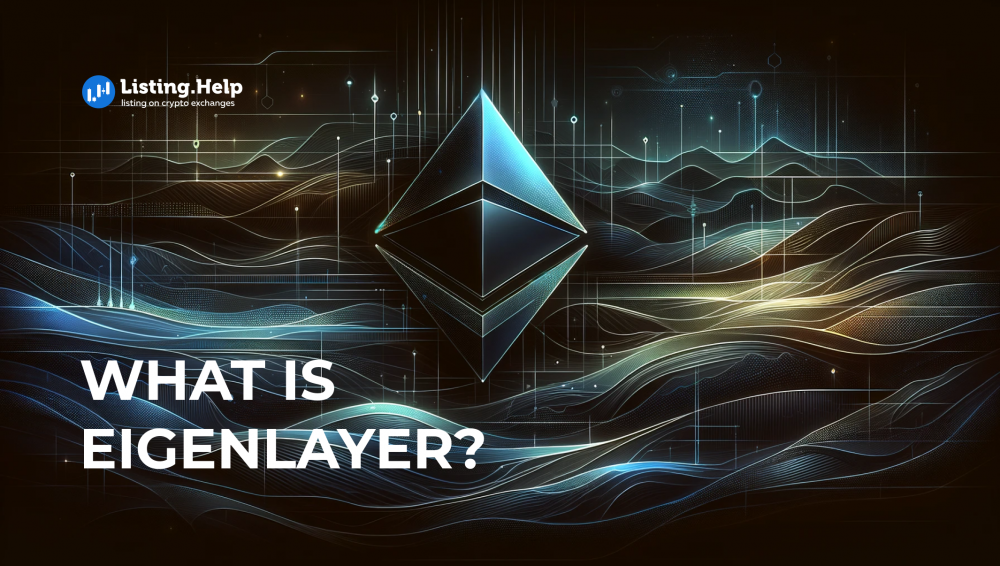

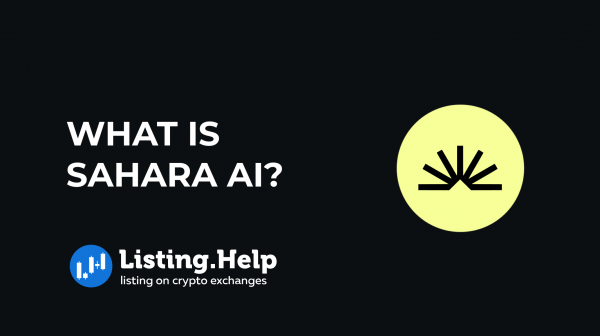
 July 2, 2025
July 2, 2025 